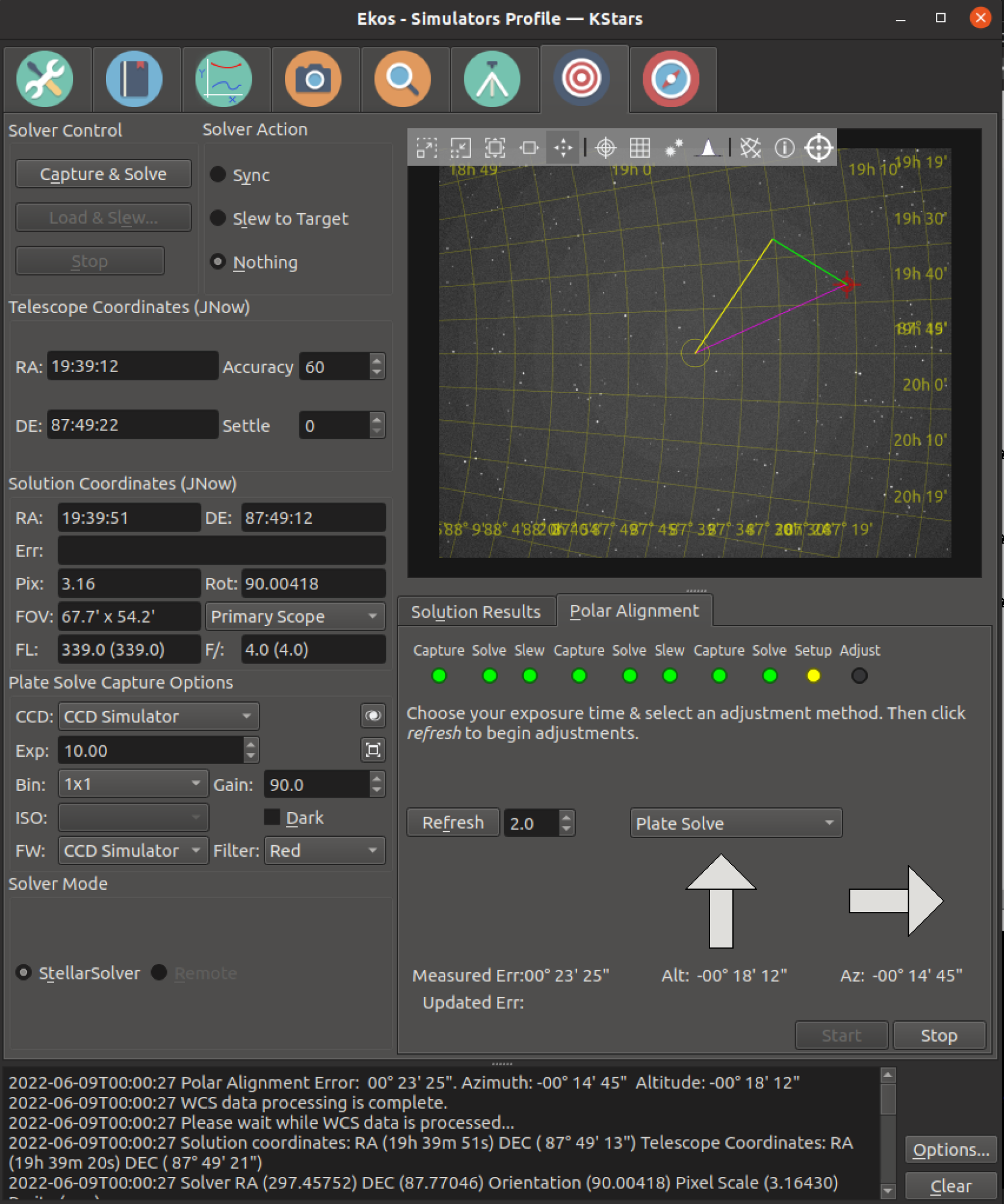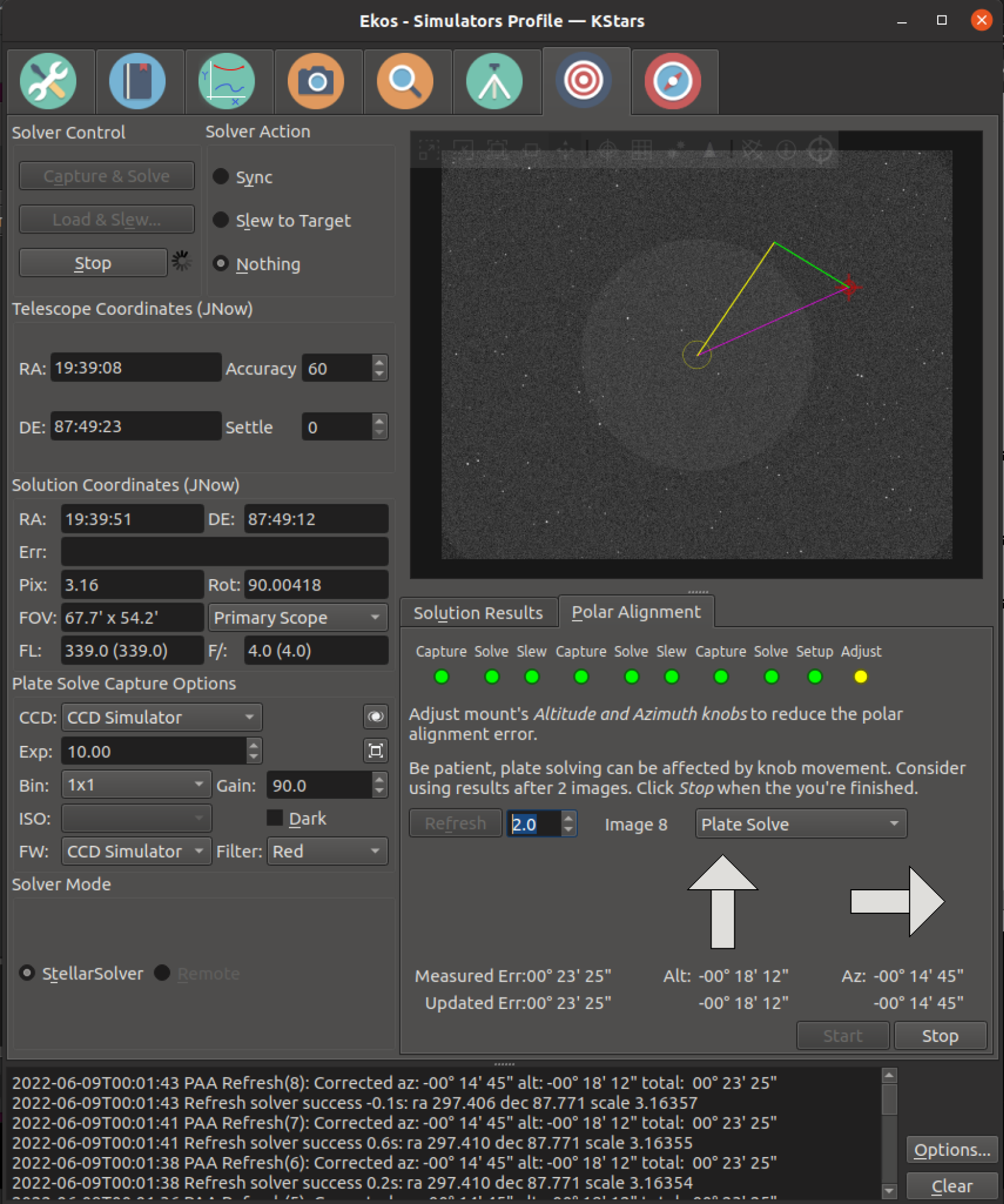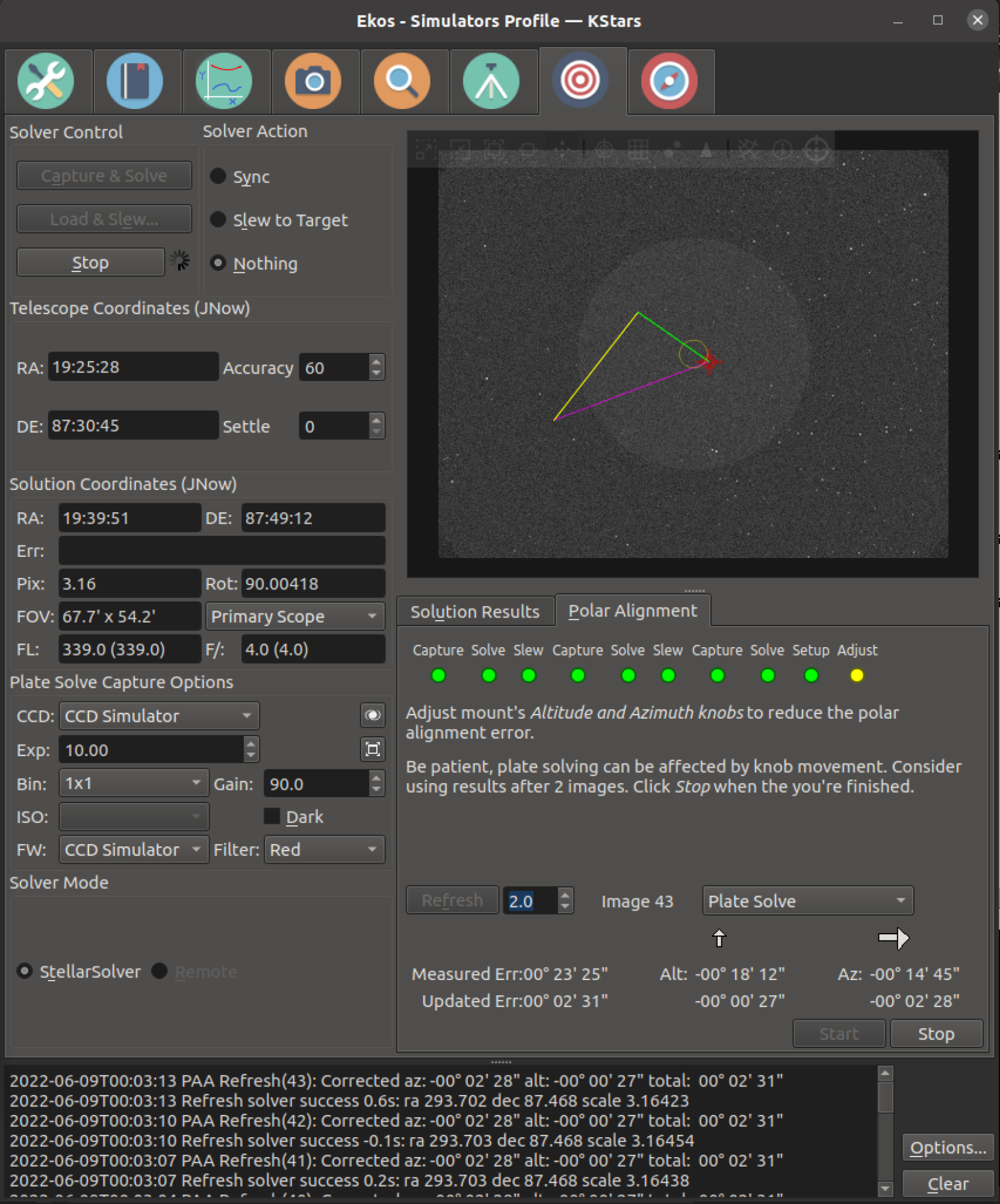INDI Library v2.0.7 is Released (01 Apr 2024)
Bi-monthly release with minor bug fixes and improvements
Announcing Polar Alignment Changes
- Hy Murveit
-
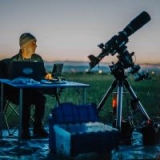 Topic Author
Topic Author
- Offline
- Administrator
-

- Posts: 1221
- Thank you received: 565
Replied by Hy Murveit on topic Announcing Polar Alignment Changes
The PlateSolve Method. A new alternative to MoveStar is the PlateSolve method. This can polar align mounts with larger alignment errors in a single procedure. A similar triangle is displayed on the image display, but it is not central to this scheme. Rather the user should concentrate on the Updated Error line at the bottom of the display, and attempt to zero the Altitude and Azimuth errors. Also, arrows display the direction the mount needs to move to reduce error. The method works by plate-solving images as they are captured, and then estimating the user's knob-adjustments from the plate-solve solutions. Note that, since knobs may be moved during exposures, some images may have large star trails and plate solves may fail. Be patient and allow the system to capture a clean image before relying on the error estimate. [A triangle is superimposed on the image display, but note it is slid across the image as corrections are made, and thus do not attempt to "move stars along this triangle".]
The PlateSolve method is selected with 2s refresh. Error directions and magnitudes are displayed.
User has clicked Refresh. The center of the screen is circled. PA error is estimated, but as user hasn't adjusted knobs yet, it's the full error.
The user has adjusted the Altitude knob such that the altitude error on the bottom line is now only 12". The altitude arrow has disappeared, but there is still azimuth error.
The user has adjusted the Azimuth knob to significantly reduce the Az error (from 14'45" to 2'28").
The user has reduced both errors significantly less than 1'. At this point the user should click Stop.
Attachments:
Please Log in or Create an account to join the conversation.
- Ron Clanton
-
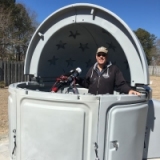
- Offline
- Elite Member
-

- Posts: 225
- Thank you received: 16
Replied by Ron Clanton on topic Announcing Polar Alignment Changes
This looks very promising! Looking forward to trying the new method.
Thanks!
Ron
Please Log in or Create an account to join the conversation.
- Rafa Barberá
-
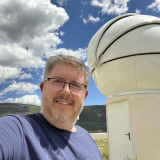
- Offline
- Elite Member
-

- Posts: 219
- Thank you received: 41
Replied by Rafa Barberá on topic Announcing Polar Alignment Changes
Please Log in or Create an account to join the conversation.
- Gonzothegreat
-
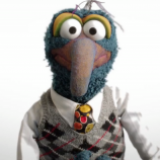
- Offline
- Moderator
-

- Posts: 2255
- Thank you received: 223
Replied by Gonzothegreat on topic Announcing Polar Alignment Changes
I would have the arrows change to a green circle when the polar alignment is within tolerances.
Please Log in or Create an account to join the conversation.
- Jasem Mutlaq
-

- Away
- Administrator
-

Replied by Jasem Mutlaq on topic Announcing Polar Alignment Changes
Please Log in or Create an account to join the conversation.
Replied by Jim on topic Announcing Polar Alignment Changes
Please Log in or Create an account to join the conversation.
Replied by Bill on topic Announcing Polar Alignment Changes
As far as blind plate solving, would you uncheck in Scale and Position the RA and DEC vs leaving that and entering 0? (As read in another thread)..
Also would it be proper to leave the corresponding . update check marks in place?
A side question, are nightly builds equivalent to bleeding builds?
Thx
Please Log in or Create an account to join the conversation.
- Hy Murveit
-
 Topic Author
Topic Author
- Offline
- Administrator
-

- Posts: 1221
- Thank you received: 565
Replied by Hy Murveit on topic Announcing Polar Alignment Changes
Personally, I tend to use Scale and Position if I'm using the Internal Solver, and I tend to disable (uncheck) them if I use ASTAP, and I tend to use both.
However, if plate solving is not working well, and other things look good (focus, weather), then I'd disable scale and position.
I'm not familiar with the "entering 0" advice, haven't heard about that.
I would keep both update checkboxes checked.
Yes, I think "nightly builds" == "bleeding edge builds".
Hy
Please Log in or Create an account to join the conversation.
Replied by Bill on topic Announcing Polar Alignment Changes
That advice was in this thread:
indilib.org/forum/general/11826-nexstar-11-alignment.html#83567
Please Log in or Create an account to join the conversation.
- Gilles Gagnon
-
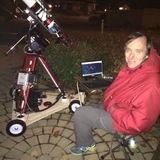
- Offline
- Elite Member
-

- Posts: 294
- Thank you received: 54
Replied by Gilles Gagnon on topic Announcing Polar Alignment Changes
I had the opportunity to test the "Plate Solve" mode yesterday as my PA was off by more ( > 2 degrees ) than my CCD field of view but the "Updated Err:" stop updating/refreshing after a few iterations and even disappeared. Any clue as to why this happened?
Thanks in advance.
Please Log in or Create an account to join the conversation.
Replied by Andrew on topic Announcing Polar Alignment Changes
"Note that, since knobs may be moved during exposures, some images may have large star trails and plate solves may fail. Be patient and allow the system to capture a clean image before relying on the error estimate."Please Log in or Create an account to join the conversation.
- Hy Murveit
-
 Topic Author
Topic Author
- Offline
- Administrator
-

- Posts: 1221
- Thank you received: 565
Replied by Hy Murveit on topic Announcing Polar Alignment Changes
Please Log in or Create an account to join the conversation.

